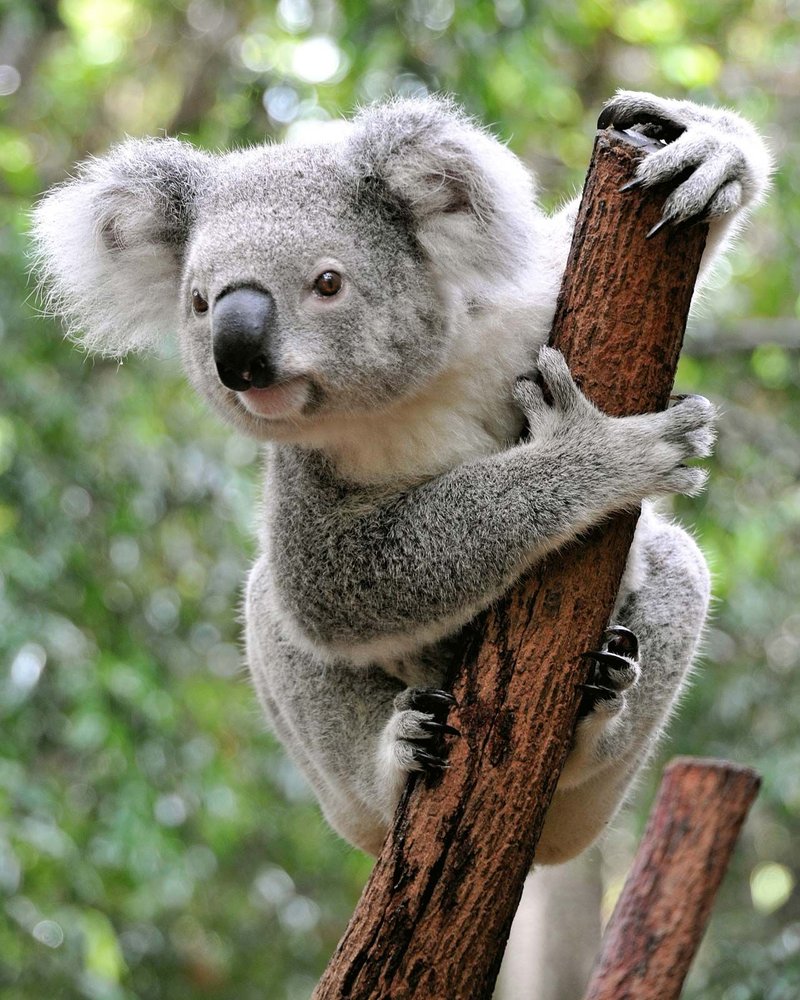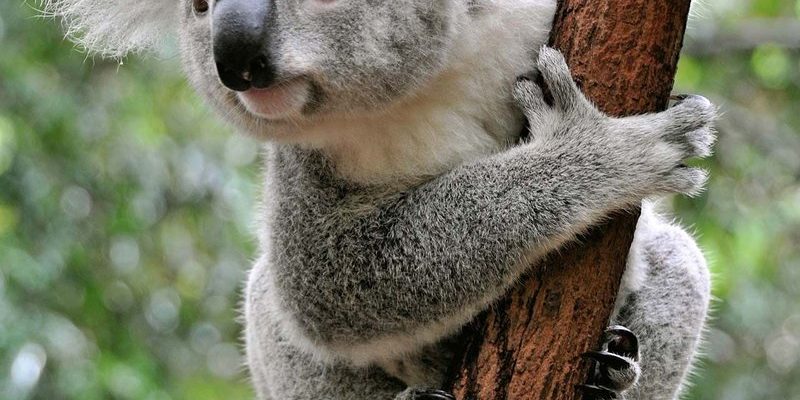
Koalas primarily feast on eucalyptus leaves, which are not just their favorite snack but also play a pivotal role in their environment. These leaves provide food, shelter, and a unique habitat for various other creatures. So, what does this mean for the ecosystem? Just like a key in a lock, koalas help to unlock the potential of their surroundings, affecting everything from plant health to the lives of other animals. So, grab a cup of coffee, and let’s delve into the significance of koalas in their habitat.
Koalas as Herbivores in the Ecosystem
Koalas are strict herbivores, which means their diet consists exclusively of eucalyptus leaves. This choice of food has a significant impact on the ecosystem. First off, it helps control the growth of eucalyptus trees. Think of it like pruning a garden; when koalas munch on leaves, they promote new growth and maintain the health of the trees. If you’ve seen a garden flourish after regular trimming, you’ll understand.
Additionally, their feeding habits create a habitat for other wildlife. When koalas eat leaves, they leave behind droppings that enrich the soil, which in turn nourishes the trees. This process supports a variety of insects and plants that depend on healthy soil to thrive. Moreover, these droppings provide food for fungi and bacteria, which further facilitate nutrient cycling in the forest. So, in a way, koalas act like gardeners, ensuring the ecosystem remains vibrant and diverse.
Koalas and Biodiversity
The presence of koalas also plays an important role in promoting biodiversity. They prefer to eat only certain types of eucalyptus trees, which helps maintain these tree species in their natural habitats. This selection is critical because it allows other plants to flourish, preventing any single species from dominating the landscape. It’s a bit like sharing a pizza; if everyone takes a slice, there’s enough for everyone, and no one gets too greedy.
This selective feeding habit creates a more diverse ecosystem, facilitating a range of plants and animals to coexist. A habitat rich in diversity can support various insects, birds, and other species that all depend on one another for survival. Without koalas, many other creatures would struggle to find food and shelter, and the entire ecosystem could suffer.
Koalas and Climate Regulation
You might be wondering how koalas relate to climate. Well, eucalyptus trees absorb carbon dioxide—a significant greenhouse gas. By munching on these trees, koalas contribute indirectly to climate regulation. The trees they choose to eat sequester carbon from the atmosphere, helping to combat climate change.
Moreover, healthy forests also regulate local climates by maintaining humidity and temperature levels. They provide cooler microclimates, which can be especially important during hot summer months in Australia. It’s fascinating how one species can set off a chain reaction that influences larger-scale environmental factors.
Koalas and Ecological Relationships
Koalas don’t exist in a vacuum; they interact with many other species in their ecosystem. For instance, their presence can influence predator-prey dynamics. Many animals depend on the same habitats as koalas, creating a complex web of relationships. If koala populations decline, it could disrupt these relationships, putting other species at risk.
Take predatory birds, for example. They often rely on the presence of koalas to help maintain their own populations. Fewer koalas might mean less food for these birds, potentially leading to a decline in their numbers as well. This interconnectedness reflects the delicate balance of ecosystems, where one change can send ripples throughout the community.
Threats to Koalas and Their Role
Sadly, koalas face numerous threats that can jeopardize their role in the ecosystem. Habitat destruction due to urban development and agriculture has significantly reduced their living space. Forest fires, exacerbated by climate change, further threaten their populations. These challenges can lead to decreased koala numbers, impacting not only the species itself but the entire ecosystem they support.
When koalas struggle to find food or shelter, the biodiversity they help maintain can also suffer. It raises serious concerns for conservation efforts. Protecting koalas isn’t just about saving a cute animal; it’s about preserving a whole ecosystem. By ensuring their survival, we’re also fighting for the health and balance of the entire environment.
Conservation Efforts for Koala Preservation
Recognizing the importance of koalas, many conservation organizations are working to protect them and their habitats. Efforts include habitat restoration, creating wildlife corridors, and advocating for sustainable land use practices. It’s like rallying a community to save a treasured landmark—everyone needs to pitch in to make a difference.
Additionally, education plays a vital role. By spreading awareness about the significance of koalas and the threats they face, we can inspire more people to engage in conservation efforts. Simple actions like planting eucalyptus trees or supporting wildlife organizations can contribute significantly to koala preservation.
Koalas are much more than just cute, cuddly creatures. They serve as vital players in their ecosystem, maintaining plant health, promoting biodiversity, and helping regulate our climate. Understanding their role shines a light on how interconnected life really is.
As we face environmental challenges, protecting koalas becomes crucial. Their survival is tied to the health of many other species—and to our own. So, the next time you see a koala, remember that you’re looking at a piece of a much larger puzzle, one that is worth saving for future generations.

